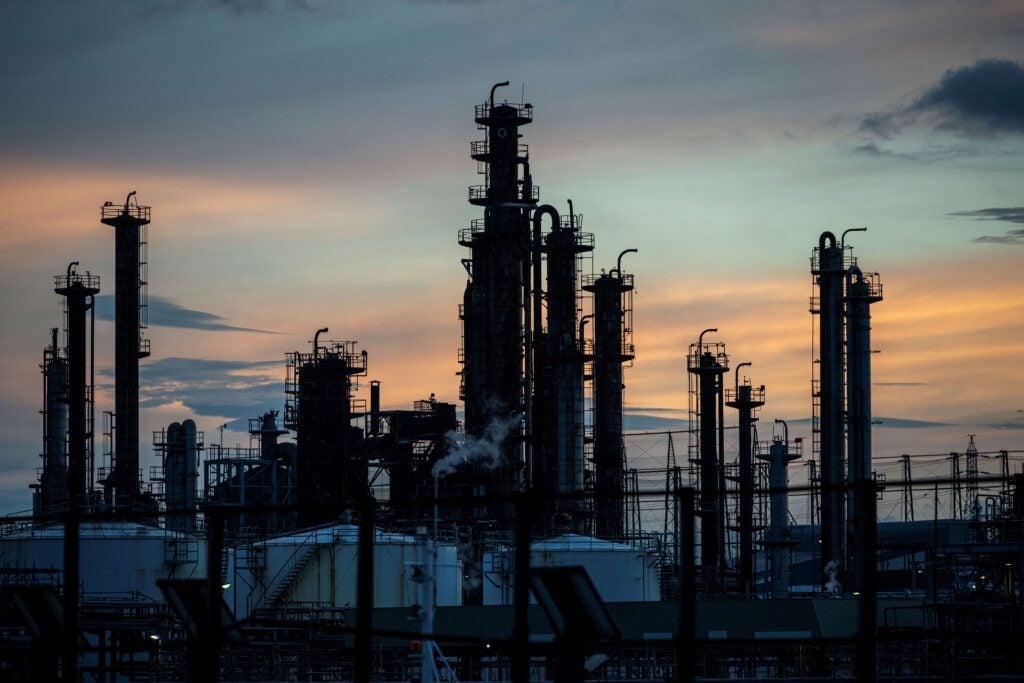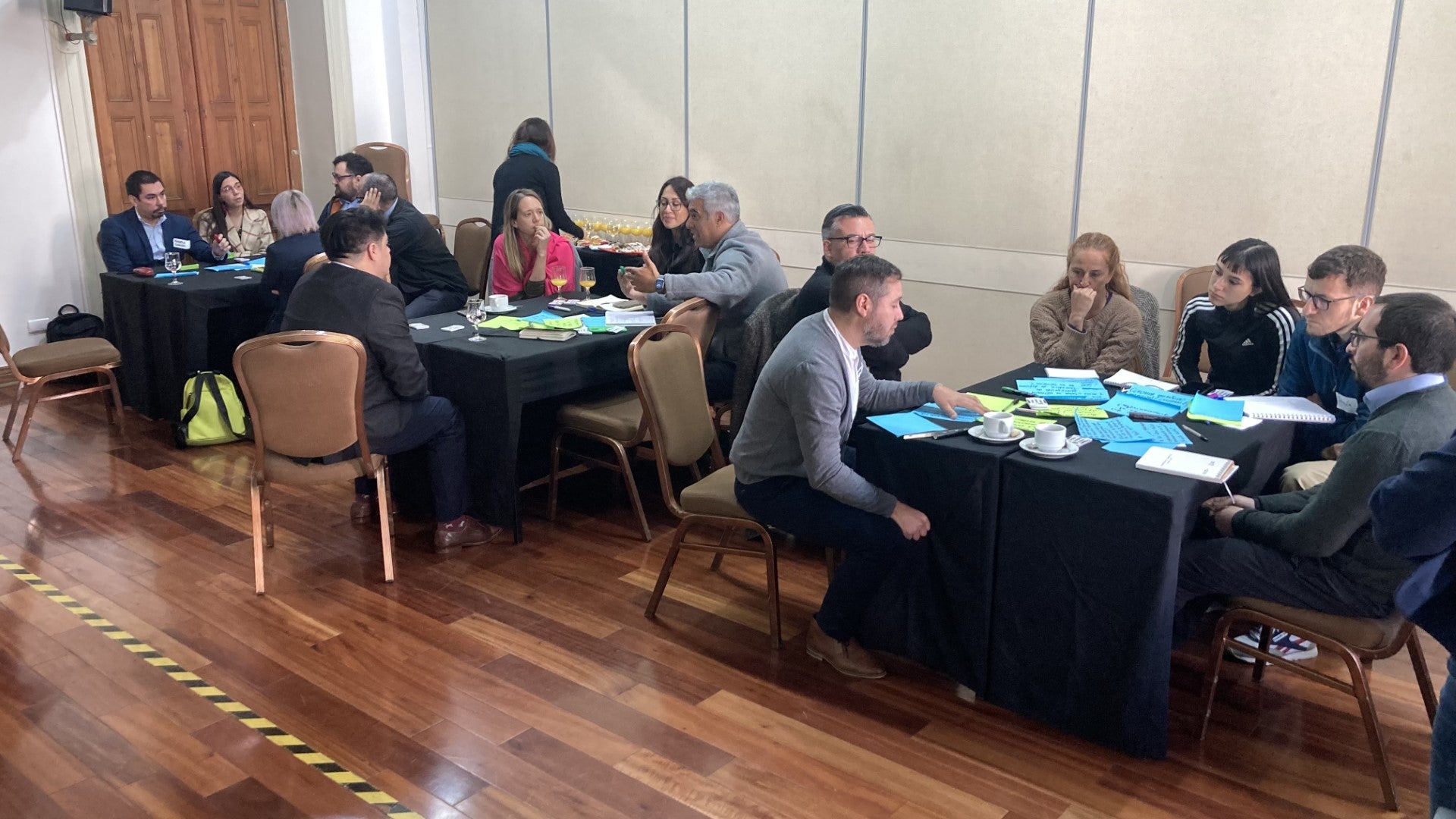This blog was authored by Peter Tufano, Baker Foundation Professor at Harvard Business School and Senior Advisor to the Harvard Salata Institute for Climate and Sustainability, with support from the Environmental Defense Fund, including Andrew Howell, Senior Director for Sustainable Finance. Any references below do not constitute an endorsement of the firms or products mentioned.
This is the second in a multi-part series on how insurers can support the energy transition. The series explores climate-related opportunities and challenges and highlights emerging insurance innovations. This will help us build a greater understanding about how the insurance industry can support emissions reductions and new climate solutions. In this second post of the series, we discuss how insurance can support the emergence and scalability of clean tech solutions and innovations.

To combat climate change and adapt to a warming planet, we need new technologies that have yet to be invented, piloted, or commercialized. According to the International Energy Agency’s 2020 estimates for its Sustainable Development Scenario of net-zero by 2070, nearly three-quarters of the innovations needed to reduce emissions by 35 gigaton (billion tonnes) per year by 2070 are still far from commercialization. If we include innovations to help us adapt to the changing world, the technological gap is likely much larger, with a recent Global Adaptation & Resilience Investment (GARI) working group study suggesting that only 11% of firms offer “adaptation solutions” products. This call for innovation may not sound immediately relevant to the insurance industry, but it is.
Conversations around insurance and climate change typically focus on how insurers can reduce emissions from firms that they finance or insure (in their roles as investors and insurers, respectively). They examine how insurers measure climate risks and signal these risks through premia they charge, or how insurers can make coverage more available and affordable as climate intensifies extreme weather. But insurers in the climate space have another role: to support needed technological innovation through “insured solutions.”
How can insurers help support innovators? Surely, it’s not possible to “insure” the success of new ventures? Correct! But to make projects easier to finance, insurers can derisk climate innovations by applying risk engineering approaches and offering new contracts to offload certain risks.













